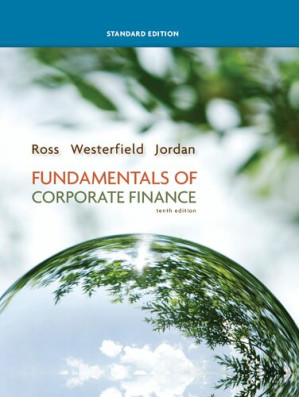Sale!
Corporate finance (12th Edition)
Original price was: $39.99.$24.99Current price is: $24.99. $19.99
Download Corporate finance (12th Edition) written by Randolph W Westerfield ; Bradford D Jordan ; Stephen Alan Ross ; Jeffrey F Jaffe in PDF format. This book is under the category Business & Economics - Personal Finance and bearing the isbn13 numbers 1260091872/9781260091878. You may reffer the table below for additional details of the book. We do NOT provide access codes, we provide eBooks ONLY. Instant access will be granted as soon as you complete the payment.
Additional information
| book-author | Bradford D Jordan, Jeffrey F Jaffe, Randolph W Westerfield, Stephen Alan Ross |
|---|---|
| publisher | McGraw Hill |
| file-type | |
| pages | 1041 |
| language | English |
| isbn10 | 1260091872 |
| isbn13 | 9781260091878 |
Related products
- Sale!

Focus on Personal Finance (7th Edition)
Original price was: $39.99.$24.99Current price is: $24.99.$19.99 - Sale!

Fundamentals of Corporate Finance (Standard 10th Edition)
Original price was: $39.99.$24.99Current price is: $24.99.$19.99 - Sale!

Fundamentals of Financial Management (9th Concise Edition)
Original price was: $39.99.$24.99Current price is: $24.99.$19.99 - Sale!

Personal Finance (4th Canadian Edition)
Original price was: $39.99.$24.99Current price is: $24.99.$19.99
